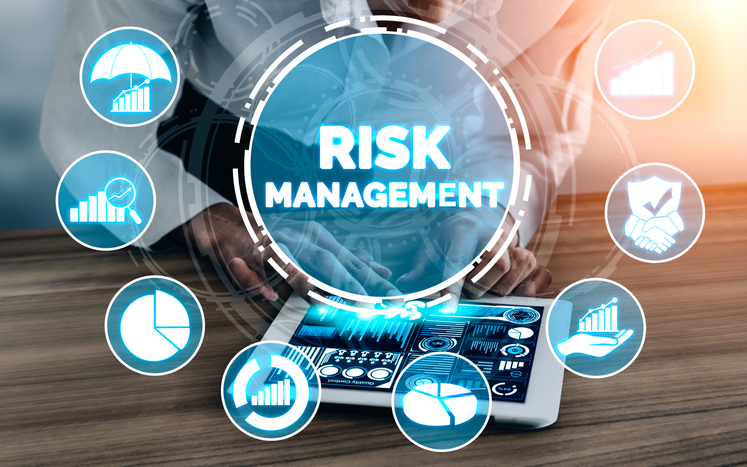 Read more here
Read more here

CILT Endorsed Supply Chain Risk Management
DATE
Yet to be Determind
LOCATION
To be determined
Why Attend?
Supply chain managers, procurement managers and sourcing professionals manage a company's activities and spend with its suppliers, which can be a very significant element of a company's total turnover. In the modern day, a company's competitive advantage in most industries will be determined by maximizing its relationships and the diligent management of its forward and backwards facing supply chains. While added value and competitive advantage are found here, they can also be lost here with potential devastating repercussions.
The ability to effectively manage risks in a supply chain is an absolute must in the skill set of any current supply chain professional. This course will equip and develop procurement and supply chain professionals with skills that enable them to operate diligently and effectively with their supply base, mitigating any risks and maximizing all opportunities to gain competitive advantage in their market place.
 Course Objectives
Course Objectives
-
This Course Objective Hasn't Been Provided Yet
 Target Audience
Target Audience
Supply chain and logistics professionals, in particular those at operational, supervisory and management level. The course is ideal for those seeking to complement their supply chain and logistics experience with risk management skills suited for their day to day operations.
- Supply chain management and risk
- Supply chain overview
- Functions of a supply chain
- Supply chain objectives
- Supply chain configuration
- Introduction to risk management
- Why take risks?
- Risk Perception
- Risk within dynamic environments
- Benefits of supply chain risk management
- Planning risk process in supply chains
- Risk management process overview
- Risk management deliverables
- Plan approach
- Risk administration
- Supply chain risk definitions
- Distribution of roles
- Stakeholder management
- Developing a communications plan
- Managing change
- Risk tolerance
- Risk appetite
- Cultural considerations
- Templates
- Identifying supply chain risks
- Identifying risks
- Scoping supply chain risks
- Internal versus external risks
- SIPOC model
- Value chain analysis
- SCOR framework
- Work breakdown structure
- Scope change risks
- Risk types and categories
- Service level risks
- Financial risks
- Risk identification and evaluation toolkit
- Evaluating supply chain risks
- Risk analysis
- Measuring likelihood of risk
- Measuring impact of risk
- Expert options (interview)
- Benchmarking as a tool for risk evaluation
- Modeling and simulations
- Probability distributions
- Three-point estimates
- Common distribution curves for evaluating risks
- Sensitivity analysis
- Decision tree analysis
- Mapping risks
- Using risk heat maps
- Responding to supply chain risks
- Risk response strategies
- Accept, reject and transfer
- Mitigation and contingency planning
- Mitigation strategies for transportation risks
- Mitigation strategies for warehousing risks
- Mitigation strategies for inventory management risks
- Mitigation strategies for sourcing risks
- Sourcing strategies to exercise power
- Sourcing strategies to create advantage
- Secondary and residual risks
- Risk response strategies
- Controlling supply chain risks
- Benefits of monitoring and control
- Work performance evidence
- Change requests
- Ethical considerations
- Legal considerations
- Managing a risk charter
- Elements of risk charter
- Ownership of risk charter
- Defining risk responsibilities and accountabilities
- The charter as a live document
- Summary: risk process overview

Join Our Community